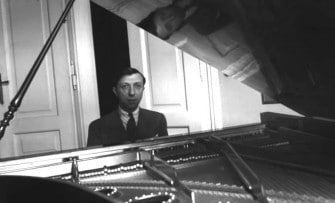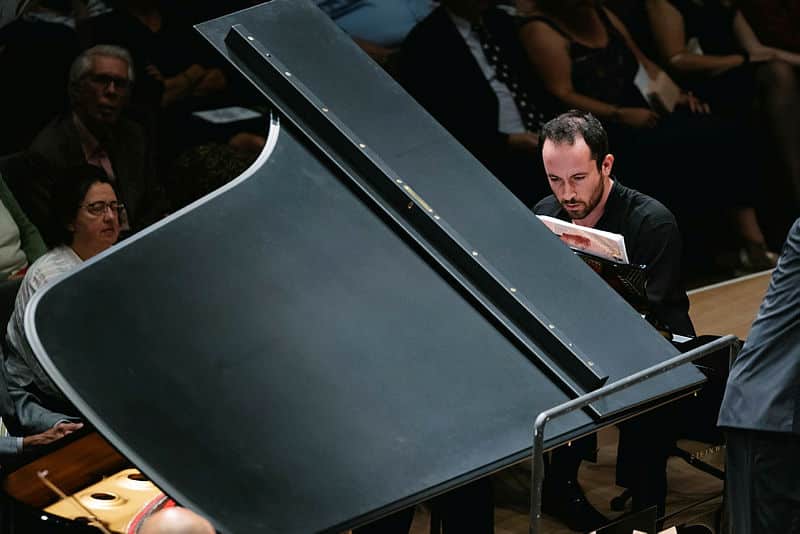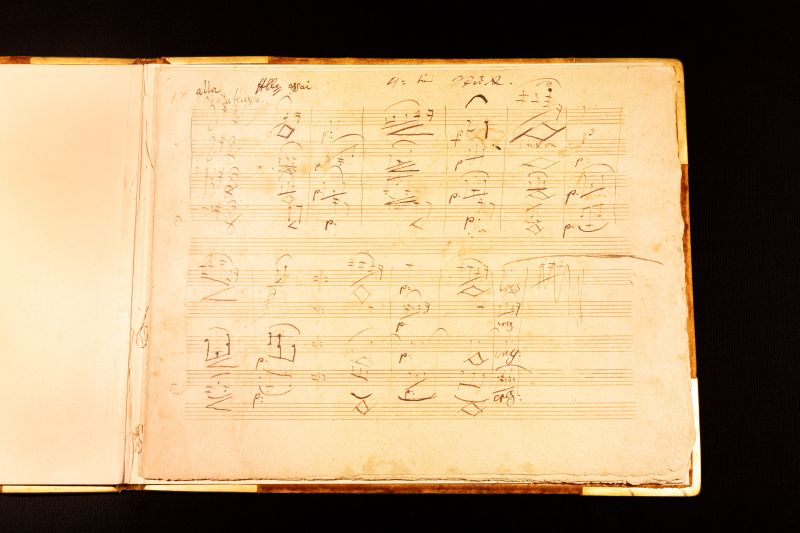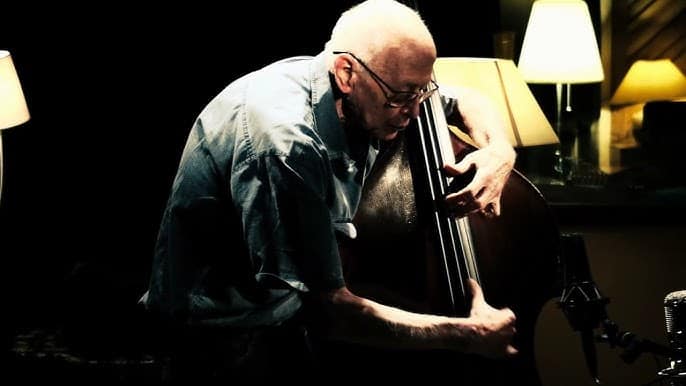These Paganini Variations will break your heart
mainThe Polish pianist Mieczyslaw Munz, a student of Busoni, was forced to give up playing in his 40s due to an injury to his right hand.
He went on to be a sought-after teacher in the US.
This rare recording of the Rachmaninov Paganini Variations, taken in Washington DC on December 8, 1941 – the day after Pearl Harbour – may be his last public performance.
It is utterly shattering.






Aren’t the Variations by Brahms with Rachmaninov doing the Rhapsody?
True, but informally Rachmaninoff’s are called “variations” because that’s technically what they are.
The Brahms Variations and Rachmaninov’s Rhapsody are arguably the most famous sets of variations on the theme from Paganini’s Caprice No. 24 in A minor. The Caprice itself is a set of variations. Wikipedia lists more than 40 sets of transcriptions or variations on the theme, some by famous virtuosos like Nathan Milstein, Gregor Piatigorsky.
https://en.wikipedia.org/wiki/Caprice_No._24_(Paganini)#Variations_on_the_theme
The great Marta Argerich often performs Lutosławski’s variations for two pianos in concert. Here she is with the great Nelson Freire. Irresistible.
https://www.youtube.com/watch?v=vsQo0z5CqM8
PS. The Mieczyslaw Munz performance of Rachmaninov’s Rhapsody is gripping. Thank you for posting. Do we know what the composer thought of Munz?
Rachmaninoff’s original title for the piece was “Variations (in the form of a Rhapsody) on a Theme…” (expressed in French) but was shortened to the title by which it is known today before printing. Someone here noted, correctly, that the performance was given at Carnegie Hall by the National Orchestral Association under Leon Barzin, which billed itself as “the nation’s training orchestra,” and not the Washington-based professional orchestra, the National Symphony which was then led by the cellist Hans Kindler.
If this is his last performance than it is very sad because there is no hint of it in his playing. In terms of the date, the Pearl Harbour was a tragedy for the lives lost that day. On the plus side, as the USA was finally forced into joining the war, it marks the beginning of the end for Nazi Germany, Imperial Japan and Fascist Italy.
Great playing. Later in life, he was a teacher of Emanuel Ax
At the time that Emanuel Ax came to study with Mieczyslaw Munz, I was a teenager also, studying with him in Washington, when he came to teach at the home of Ann Schein’s parents on Sundays. I distinctly remember Mr. Munz saying to me one lesson day, “I have a new student. remember this name: Emanuel Ax.” I was so lucky to have had 8 years of study with Mr. Munz.
Infamously, his wife left him and married Artur Rubinstein.
Actually I think MM plays this work much better than AR did
And no doubt Munz was shattered when his wife left him to marry Arthur Rubinstein.
Looking up who conducted this gorgeous rendition – Leon Barzin: https://www.patreon.com/posts/mieczyslaw-munz-26761468
This performance took place at Carnegie Hall, not in Washington DC – per the review that appeared in the December 9th, 1941 New York Times. The orchestra is the National Orchestral Association (not the National Symphony) and the conductor is the Belgian Leon Barzin.
Wonderful playing. The difference with so many virtuosi of today: the playing is light and always expressive and lyrical where necessary, as Rachmaninoff’s playing, and without the ‘squeezing’ that makes much contemporary pianism so unbearable (‘Emotion!!!’). That special ability has become rare.